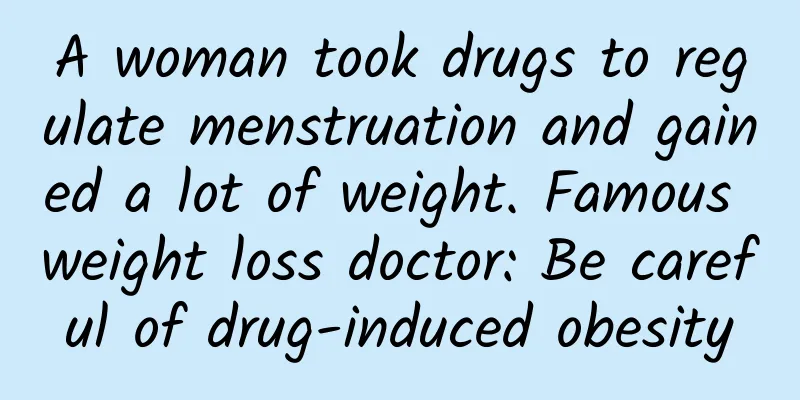What are the causes of threatened miscarriage?

|
The causes of threatened miscarriage include genetic factors, environmental influences, physiological abnormalities, trauma, and underlying pathological conditions. Understanding these causes can help with early prevention and management, and reduce the risk of miscarriage. 1) Genetic factors Chromosomal abnormalities in the embryo are an important cause of threatened miscarriage, accounting for more than 50% of miscarriage cases. Such abnormalities may include abnormal chromosome numbers (such as trisomy syndrome) or structural abnormalities (such as balanced translocation). These genetic problems usually occur when the fertilized egg is formed and cannot be prevented artificially. If a couple has a family history of genetic diseases or has experienced multiple miscarriages, they should consult a genetics doctor in time for chromosome testing and genetic counseling. 2) Environmental factors Poor living and working environments may interfere with the normal development of the fetus. For example, long-term exposure to tobacco, alcohol, high temperature radiation or certain toxic chemicals may increase the risk of threatened abortion. When air pollution is too heavy, inhaling harmful particles can also have an adverse effect on the embryo. It is recommended that pregnant women should stay away from tobacco and alcohol, avoid exposure to toxic environments, and choose a healthy and safe living environment. Maintaining a regular schedule and avoiding staying up late are also important preventive measures. 3) Physiological factors Some physiological problems of women may also lead to threatened abortion, such as corpus luteum insufficiency or uterine abnormalities (such as bicornuate uterus, septate uterus). These problems may prevent the embryo from implanting or developing normally. Hormone level fluctuations (such as progesterone deficiency) may also be one of the causes. If a pregnant woman has endocrine disorders such as polycystic ovary syndrome or thyroid dysfunction, relevant screening and treatment are needed as soon as possible to ensure the safety of fetal development. 4) Trauma Accidental trauma during pregnancy, such as hitting the abdomen or falling, may directly cause uterine contractions and bring about the risk of miscarriage. In addition, excessive heavy physical labor, strenuous exercise, and excessive mental stress may also induce threatened miscarriage. It is recommended that pregnant women maintain appropriate exercise during pregnancy, while avoiding high-intensity labor or dangerous actions to ensure safety. 5) Underlying pathological conditions Infectious diseases (such as toxoplasmosis, syphilis, etc.), immune diseases (such as antiphospholipid syndrome) or uncontrolled systemic diseases such as chronic hypertension and diabetes may also be potential causes of threatened abortion. Such problems require accurate diagnosis and targeted treatment to avoid harming the growth of the embryo. Doctors may give antibiotics, immunotherapy or special medical management to reduce the risk of miscarriage based on the patient's medical history. In the face of the risk of threatened abortion, it is crucial to maintain a healthy concept and lifestyle during pregnancy. If you experience abnormal symptoms such as lower abdominal pain and vaginal bleeding, you should seek medical attention immediately, get a clear diagnosis through B-ultrasound, blood HCG and other tests, and receive treatment under the guidance of a doctor. |
<<: How can I eliminate uterine cysts? What medicine is good to take?
>>: Will a Bartholin's gland cyst heal without treatment?
Recommend
3 Chinese medicine meals to help improve menopausal forgetfulness
Many women experience memory loss before and afte...
What are the causes of uterine fibroids?
Uterine fibroids are a disease that is prone to r...
To prevent degenerative arthritis, you must do muscle strength training and stretching exercises to relieve pain and stiffness!
If you experience pain, swelling, heat, and stiff...
What foods can't patients with uterine fibroids eat? Dietary taboos for patients with uterine fibroids
Uterine fibroids are a common gynecological disea...
Basic drug therapy for menopause
We all know that menopause will accelerate the ag...
Is cervical erosion contagious?
Is cervical erosion contagious? Infectious diseas...
Causes of infertility after abortion
Abortion surgery can cause great harm to the pati...
What causes vaginal candidal infection?
Fungal vaginitis has always been the focus of peo...
Does cervical erosion hurt women? Cervical erosion has 5 hazards to women
Cervical erosion is one of the common gynecologic...
Slow pedaling burns twice as much calories as brisk walking
There are many benefits of slow pedaling Based on...
Refuse to be a yo-yo! 5 good habits to prevent weight gain
After a hard workout and diet plan, you finally s...
Does masturbating too much affect menstruation for girls? What are the dangers?
In fact, in real life, not only male friends will...
Uterine fibroids can also cause a mass in the lower abdomen.
Uterine fibroids can also cause a mass in the low...
How to treat multiple uterine fibroids? Traditional Chinese medicine treatment methods for multiple uterine fibroids
What is the method of TCM to treat multiple uteri...
Eat saffron for ovarian dysfunction
In modern society, women are no longer a vulnerab...









